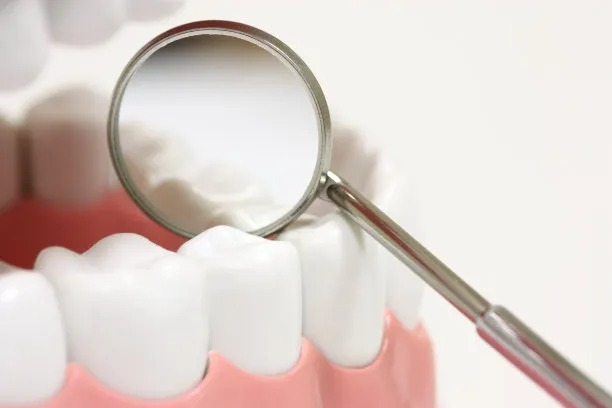Important Guidelines to Follow Before and After Your Dental Filling Procedure for Optimal Recovery and Oral Health
Summary: Undergoing a dental filling procedure can be daunting, but understanding the guidelines for optimal recovery and oral health can significantly enhance your experience. This article emphasizes four critical aspects to consider before and after your dental filling: preparation and planning, aftercare steps, food choices for recovery, and regular follow-ups with your dentist. By adhering to these guidelines, you can facilitate a smoother recovery process, minimize discomfort, and ensure long-term oral health. Lets explore these points in detail to prepare you for a successful dental filling procedure.
1. Preparation and Planning Before the Procedure

Before undergoing a dental filling, adequate preparation is crucial for not only enhancing comfort but also for ensuring an effective treatment process. First, it is essential to communicate openly with your dentist about any concerns you may have regarding the procedure. Understanding what to expect can significantly reduce anxiety and help you feel more informed.
Additionally, scheduling your appointment thoughtfully can play a pivotal role in your recovery. Opting for a time when you can ensure you have a quiet day afterward will allow you the opportunity to rest and monitor your recovery without the stress of obligations immediately after the treatment.
Finally, consider arranging for transportation if anesthesia will be used during your procedure, as it can affect your reflexes post-treatment. Having a reliable person to accompany you not only eases your mind but ensures you arrive home safely.
2. Aftercare Steps for Effective Recovery
Post-procedure care is vital for optimal healing and comfort. After receiving your dental filling, it is important to avoid any strenuous activities for at least 24 hours. Resting will allow your body to adjust and can minimize pain or complications following the treatment.
Moreover, be mindful of your oral hygiene post-filling. While gentle brushing is encouraged, it’s essential to be careful around the filled area to avoid dislodging the material. Rinsing your mouth with warm salt water can also help speed up healing while preventing infection.
Lastly, monitoring your symptoms is key. If you experience prolonged pain, sensitivity, or swelling that doesn’t subside, contacting your dentist promptly is advisable. Addressing any issues early can prevent further complications.
3. Food Choices to Aid in Recovery
What you eat after your dental filling procedure can significantly impact your comfort and recovery. Initially, it is recommended to consume soft foods for the first few days. Foods like mashed potatoes, yogurt, and smoothies can nourish you without irritating sensitive areas in your mouth.
It’s also wise to avoid hot or cold foods for a few days as the filled tooth may be sensitive to temperature changes. Sticking to lukewarm options can help you avoid discomfort while still enjoying meals.
Additionally, try to avoid sticky or hard foods that may dislodge or damage the filling. Foods like gum, hard candies, or tough meat should be temporarily eliminated from your diet to ensure the filling remains intact during the initial healing process.
4. Regular Follow-Ups for Long-Term Oral Health
Regular dental check-ups are essential not only for maintaining overall oral health but also for ensuring the longevity of your fillings. Scheduling follow-up appointments with your dentist is a proactive way to monitor the condition of the filling and to address any potential issues early on.
During these visits, your dentist can assess how well the filling is working, and if any adjustments are necessary. This ongoing relationship plays a critical role in your long-term dental health, allowing for timely interventions when needed.
Furthermore, maintaining a diligent oral hygiene routine at home, in conjunction with regular professional cleanings, will help preserve your fillings and enhance your overall oral health. Simple habits such as using a fluoride toothpaste and flossing daily can significantly contribute to mitigating potential issues.
Summary:
In summary, adhering to important guidelines before and after your dental filling procedure is key to ensuring optimal recovery and maintaining oral health. By preparing adequately, following aftercare steps, making informed food choices, and committing to regular follow-ups with your dentist, you can enjoy a healthy and satisfying outcome.
This article is compiled by Vickong Dental, and the content is for reference only.



